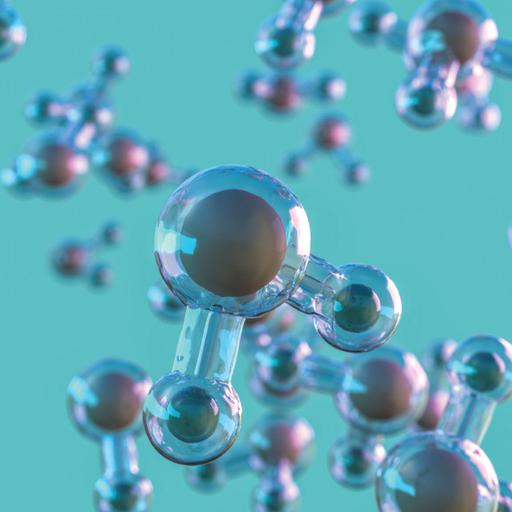Isotopes and Radioisotopes
Presentations | English
The number of protons in the nucleus (also known as Z, or atomic number) and the total number of protons plus neutrons identify an atomic species (known as Z, or mass number). Isotopes are atoms in an element that have the same atomic number but a different atomic mass; that is, they have the same number of protons but different quantities of neutrons, resulting in differing physical properties. Stable and unstable isotopes, as well as radioisotopes, exist. Their nuclei have a unique trait in the latter: they emit energy in the form of ionising radiation as they seek a more stable configuration. The unstable form of an element that emits radiation to convert into a more stable form is known as a radioisotope. Radiation is easily traceable and can alter the substance on which it falls. The majority of radioisotopes are created artificially in research reactors and accelerators by exposing a target material to "intense particles" like neutrons or protons, followed by various chemical procedures to convert them to the desired chemical form. Radioisotopes are used in radiopharmaceutical research, industrial applications, environmental tracing, and biological research. They can also be obtained from radioisotope generators, in addition to research reactors and accelerators.

10.25
Lumens
PPTX (41 Slides)
Isotopes and Radioisotopes
Presentations | English
